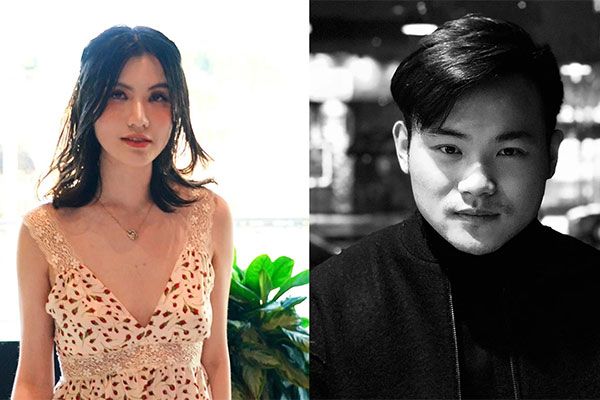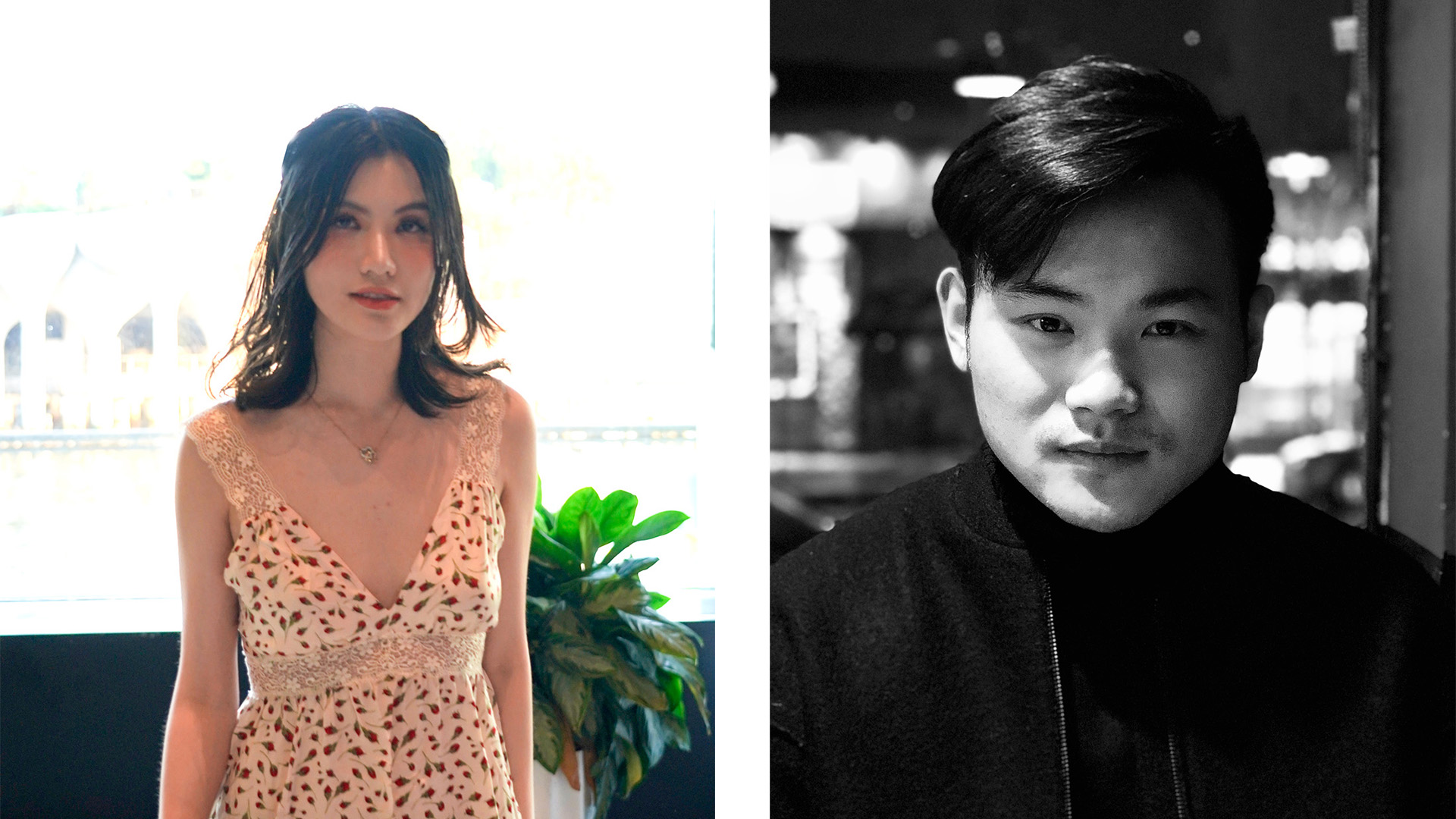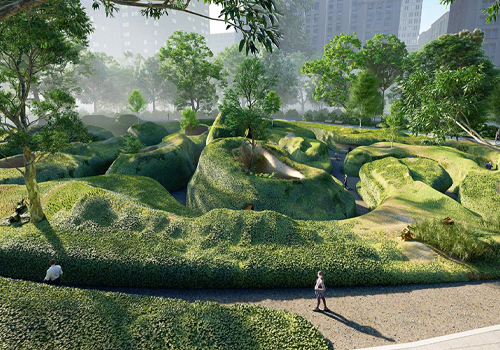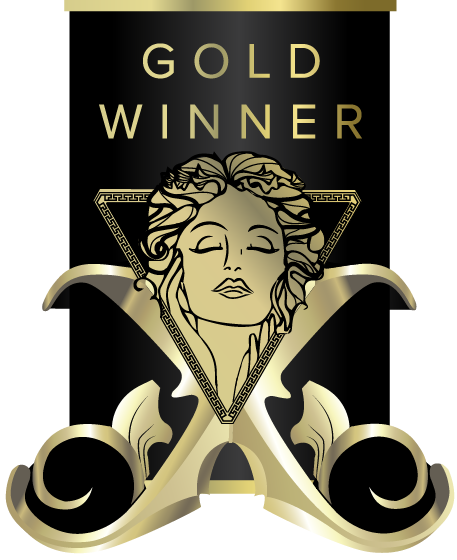
Interview
Mengyu Zhao & Chengzhe Zhang
1 Congratulations on winning the MUSE Design Awards! Can you introduce yourself and share about what inspired you to pursue design as a career?
Chengzhe: I am a landscape and urban designer at Sasaki Associates with over eight years of experience specializing in sustainable design, urban revitalization, and infrastructure reuse, with notable projects in Athens, Greece, Madison, Wisconsin, and Baton Rouge, Louisiana. I hold dual master’s degrees in Landscape Architecture and Urban Design from the Harvard Graduate School of Design and a Bachelor of Landscape Architecture with Distinction from Tunghai University, equipping me with a robust foundation in interdisciplinary design approaches. Mengyu: I am an architectural designer at Kohn Pedersen Fox Associates (KPF), holding a Bachelor of Architecture from Tsinghua University and a Master of Architecture from Harvard University. My experience spans a diverse range of high-profile projects worldwide, including San Diego International Airport, Singapore Changi International Airport, and Beijing Baiziwan Social Housing. My work has been recognized with prestigious accolades in international award programs and has been featured in multiple publications. Beyond architecture, I am a multidisciplinary designer and artist. In 2024, I was invited to participate in Art in Odd Places, a public art festival in New York City, showcasing my project Letter to a Stranger.
2 What does being recognized in the MUSE Design Awards mean to you?
Winning the award is a tremendous honor that reaffirms our commitment to innovative, sustainable, and people-centered design. It is a recognition of the collective effort, creativity, and dedication of our entire team, who continuously push the boundaries to create meaningful spaces that respond to environmental and social challenges. For us, this award is not just a celebration of a single project but a testament to our design philosophy—one that embraces adaptability, resilience, and long-term impact. It motivates us to keep exploring new possibilities and reinforces our mission to shape spaces that inspire, connect, and endure.
3 How has this achievement impacted your career, team, or agency, and what opportunities has it brought so far?
We hope this brings greater exposure and recognition, helping us connect with more designers and architects in the industry. We understand that architecture is a long journey, often requiring relentless dedication in the early decades with little immediate recognition. That’s why winning the 2025 MUSE Design Awards is such incredible encouragement—it reaffirms our belief in our work, reminds us of our strengths as designers, and motivates us to keep pushing forward. We are truly honored and grateful for this recognition.
4 What role does experimentation play in your creative process? Can you share an example?
Experimentation drives our process by challenging assumptions and igniting new ideas. We often begin by testing different materials in small-scale prototypes, measuring how people interact with them before scaling up. For instance, we once 3D-printed abstract forms to explore how light would filter through a perforated façade. Observing how varying thicknesses and shapes affected shadows helped us refine the design for a client’s cultural center. Those early experiments let us fail fast, learn quickly, and keep our work rooted in tangible, real-world insights.
5 What's the most unusual source of inspiration you've ever drawn from for a project?
We have been deeply inspired by Georgia O’Keeffe and Henry Moore, both of whom redefined how we perceive form, space, and nature in art and design. O’Keeffe’s ability to magnify the essence of landscapes and organic forms through abstraction resonates with my approach to design—seeing beyond the obvious and capturing the deeper spirit of a place. Her bold compositions and sensitivity to nature inspire me to create spaces that evoke emotion and connection. Similarly, Moore’s sculptural exploration of negative space and fluidity influences how I think about spatial relationships. His work teaches us how voids and forms interact, a fundamental concept in designing adaptable, dynamic environments.
6 What’s one thing you wish more people understood about the design process?
We wish more people knew that design is less a straight line and more a conversation—each sketch is a question, not a promise. Constraints, critiques, and even dead ends aren’t detours; they’re the raw material that sharpens the idea. When you see us redraw a façade or rethink a plan, we’re not back‑tracking—we’re mining possibilities, testing what the space could become. That messy, iterative dance is how a project evolves from rough intent into something genuinely meaningful.
7 How do you navigate the balance between meeting client expectations and staying true to your ideas?
We treat client goals and design intent as one brief. In kick-off workshops, we co-write guiding principles so the concept belongs to both of us. We then prototype quickly—sketches, diagrams, VR—pairing each with a story that links form back to those principles, making feedback objective. Finally, we declare one idea non-negotiable and one element flexible; when pressures mount, we trade the latter to protect the former. Iterations stay purposeful, and both expectations and vision advance together.
8 What were the challenges you faced while working on your award-winning design, and how did you overcome them?
The biggest challenge of The Primal Pause at Madison was redefining the boundary between inside and outside while balancing public and private space in a highly accessible park setting. Designing for a diverse range of users meant carefully considering transitions—how people move through, interact with, and experience the space in different ways throughout the day and seasons. Another key challenge was ensuring the structure served not just as a restroom but as a long-term, adaptive space. We needed to create a design that was functional yet flexible, allowing it to evolve over time to meet changing community needs while maintaining its architectural integrity and purpose.
9 How do you recharge your creativity when you hit a creative block?
For inspiration, Pinterest is a great platform, along with Instagram and well-known architectural media outlets like ArchDaily, Dezeen, and Designboom. Staying curious and constantly exposing yourself to new ideas is key to growing as a designer.
10 What personal values or experiences do you infuse into your designs?
Never stop exploring—great design comes from questioning the norm, learning from diverse perspectives, and pushing creative boundaries. Stay adaptable—the world is changing, and the best designs respond to and evolve with it. Most importantly, design with intention. Whether shaping spaces, solving problems, or inspiring others, always strive to create work that is thoughtful, enduring, and deeply connected to people and place.
11 What is an advice that you would you give to aspiring designers aiming for success?
The key to success lies in curiosity, resilience, and a deep connection to purpose. Design is an evolving journey—staying open to new ideas, embracing challenges, and continuously refining your craft will lead to meaningful and impactful work.
12 What's one question you wish people would ask you about your work, and what's your answer?
We wish more people asked, “How do you know if your design still matters a year after opening?” Our answer: we come back unannounced and watch how people claim the space. If the benches are polished by use, if shortcuts have become the desire lines we predicted, if a child invents a game the plan never prescribed, then the architecture is alive. We also ask the maintenance crew how it performs; their candid feedback is our real post‑occupancy review. Those quiet audits tell us more than any award.


